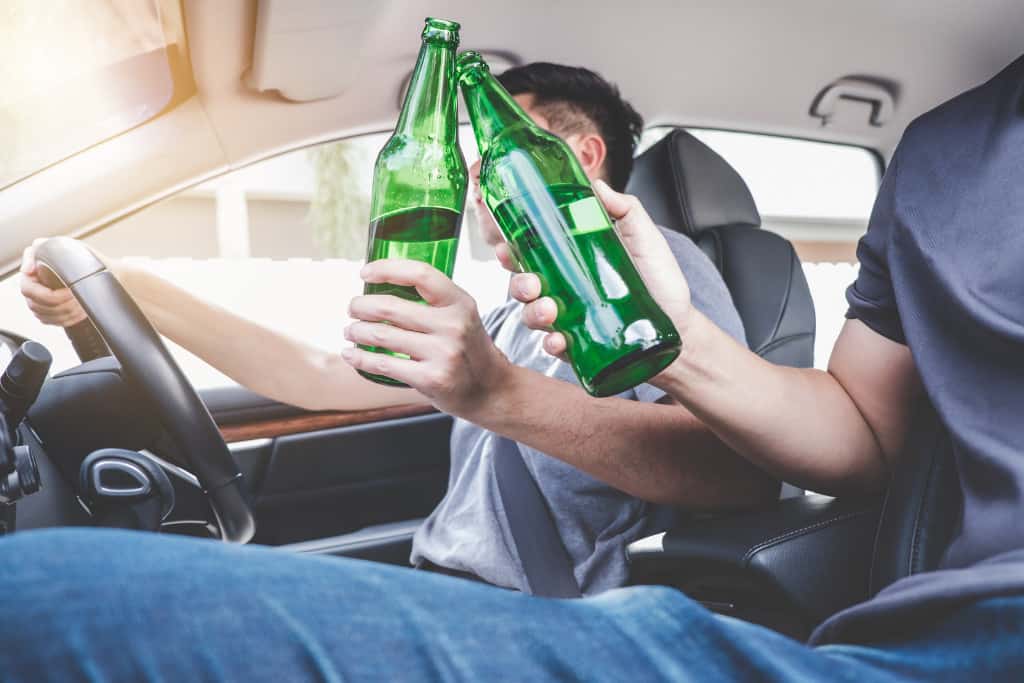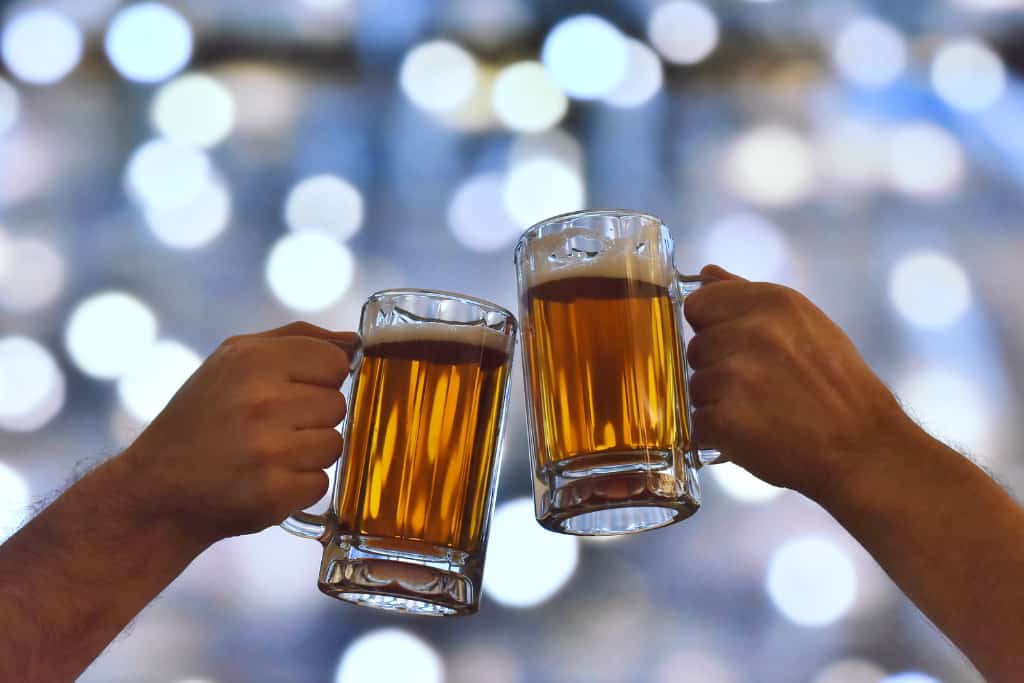Silly season is just arriving, and many of us are attending an endless stream of Christmas parties with family and friends.
It can be frustrating to be the designated driver – but would that tempt you to get behind the wheel when you’re over the limit? If so, you’re not alone.
Stats we commissioned earlier this year showed that nearly a third (29%) of drivers in Britain believe that the amount of alcohol drivers are allowed to consume before legally driving should be increased.
Our study showed that 29 percent of male drivers supported an increase, compared to 26 percent of females. The age group which most strongly supported an increase was the 18-34 year olds, with a staggering 36 percent stating they would support a higher legal limit, while the older age groups were less supportive at 24 percent.
Other interesting data showed that Manchester was the city most supportive of an increase in the amount you can legally drink before driving, with 34% in support, closely followed by Plymouth with 33%, and London and Birmingham with 31%. Brighton was the city least supportive of the move, with just 13% supporting an increase.
While that may seem surprising, what’s even more so is that more than a tenth of male drivers admitted to driving while knowingly over the limit! The overall figure wasn’t much lower, with nine percent of UK drivers stating that they’d driven while over the legal limit.

So what actually is the limit?
The current drink driving limit is set at the same level in England, Wales, and Northern Ireland – but is stricter in Scotland. The drink drive limits in England, Northern Ireland and Wales are 35 micrograms of alcohol per 100 millilitres of breath; 80 milligrams of alcohol per 100 millilitres of blood; or 107 milligrams of alcohol per 100 millilitres of urine. In Scotland, 22 micrograms of alcohol per 100 millilitres of breath, 50 micrograms of alcohol per 100 millilitres of blood or 67 micrograms of alcohol per 100 millilitres of urine.
Many drivers find it hard to understand what this equates to in real terms, which is roughly three units of alcohol allowed. While beverages you buy in shops often have the units they contain printed on the packaging, drinks served in pubs and other venues do not, making it difficult to keep track of whether you are over the limit. How long it takes for a unit to leave our bodies can also vary – meaning that some of us sober up fast, while others would still be over the limit the following morning.
Our founder, Nick Zapolski, said that the research is surprising in light of the problems caused by drink driving, particularly at this time of the year.
“Alcohol can affect us all differently, depending on our size, weight, and tolerance for drink. Some of us may feel quite capable of driving after a few drinks, but the fact remains that whether we realise it or not, alcohol affects our reaction times.
“This research is surprising as I would have assumed all drivers understood the dangers of being over the limit while driving. Even if we count our units, it’s hard to rely on that as a measure of how safe you are to get behind the wheel. We’d always advise to err on the side of caution.”
But for those who want to have a responsible drink over the xmas season, here’s a few tips to keep you safe.
- Units contained in an alcoholic drink are often printed on the packaging of the drink, so keep track.
- The legal limit allows roughly two-three units before you are over the limit.
- If the packaging doesn’t tell you, or it’s in a glass, here’s a simple way to keep track. You will need two numbers; the volume of liquid and the alcohol percentage. For example, let’s say your drink is 500ml and is 4% alcohol. You multiply the two numbers together and divide them by 1000 – this gives you how many units the drink is. In this example , it would be two units. Remembering this handy little sum can be a great way to keep track of your units during a night out. But remember, it doesn’t take much to be over the limit, so you should always err on the side of caution when deciding whether you should be driving or not.
- On average, it takes roughly one hour for one unit of alcohol to leave your system.
- We mention how long it takes for alcohol to leave your system mainly because a lot of drivers are caught driving illegally the next morning. It is in fact a myth that sleep, coffee, water, and a big hearty breakfast will sober you up. Leave yourself plenty of time the next morning to sober up if it’s been a heavy night. But our general rule: if you’ve been drinking, you shouldn’t be driving.






